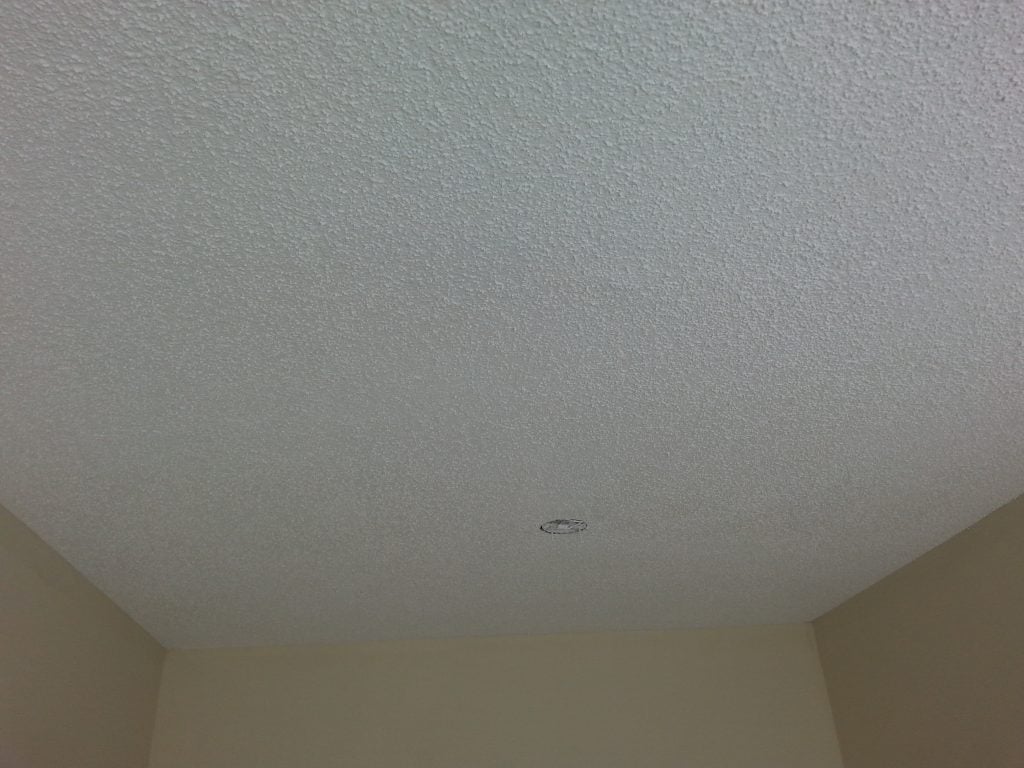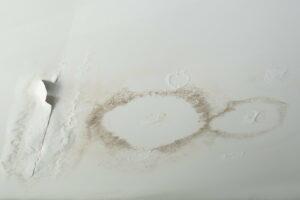Wall Leak Detection and Fix - A Comprehensive Step-by-step
Wall Leak Detection and Fix - A Comprehensive Step-by-step
Blog Article
What're your thoughts concerning Indicators of Water Damage Behind Walls?

Water spots on wall surfaces are not positive to the eyes. Often it seems practically inescapable to experience water discolorations on wall surfaces in houses.
House owners staying in humid regions constantly deal with the worry of water spots on walls. That does not have to be the situation for you. With all-round as well as precise information on the sources of water stains and also prompt repair service procedures, you will always be a step ahead of such events. So, this article assures to be a handy overview for you.
3 Common Sources Of Water Stains on Walls
In contrast to popular belief, water spots on walls do not constantly come from poor structure products. There are several sources of water spots on wall surfaces. These include:
Wet
When hot damp air meets with dry cool air, it triggers water beads to form on the wall surfaces of buildings. This takes place in bathrooms and also kitchens when there is vapor from food preparation or showers. The water droplets can stain the surrounding walls in these parts of your house as well as spread to various other locations.
Moist or condensation influences the roofing system and also wall surfaces of buildings. When the wall surface is wet, it produces an appropriate setting for the growth of microorganisms as well as fungis.
Poor Water drainage
This will prevent water from seeping into the walls. This links to extreme moisture that you observe on the wall surfaces of your structure.
So, the leading source of damp wall surfaces, in this instance, can be a bad drain system. It can likewise be because of bad administration of sewage pipes that run through the building.
Pipeline Leaks
The majority of residences have a network of pipes within the wall surfaces. This makes sure that the pipes are faraway from the reach of harmful rodents. It always increases the stability of such pipelines, as there is little oxygen within the wall surfaces. This dissuades rust.
Yet, a drawback to this is that water leakage affects the wall surfaces of the structure as well as causes prevalent damages. A telltale sign of defective pipelines is the appearance of a water tarnish on the wall surface.
Pro Pointer
A houseplant in your home likewise enhances its humidity. So, if your home is already damp, you might wish to introduce houseplants with very little transpiration. An example of suitable houseplants is succulents.
Water Spots on Wall: Repair Work Tips
When dealing with water discolorations, property owners would typically want a quick repair. They would certainly soon understand this is counterproductive as the water discolorations repeat. So, below are a few practical ideas that will direct you in the fixing of water spots on wall surfaces:
Verdict
No one wants to have water spots on walls in their house, it can occur to the finest of us. This write-up provides you utilize, as you now know just how to handle this accident if it does occur.
It is always best to recruit professional services to help deal with the problems in your house.
Often it appears nearly unpreventable to experience water discolorations on wall surfaces in residences.
In contrast to prominent idea, water discolorations on wall surfaces do not constantly stem from inadequate structure products. There are a number of causes of water stains on walls. The water beads can discolor the bordering wall surfaces in these components of your house as well as spread to other areas.
Here are a couple of handy tips that will direct you in the repair of water discolorations on walls:
What To Do About A Water Stain On The Ceiling
Why This is Important
Not only are water stains a cosmetic issue, but they can also indicate that there is a leak in the home that needs to be fixed. Sometimes, this may be the first indicator of a bigger problem brewing or may have been a one time leaky issue. It is important to investigate to make sure it is under control before you possibly have thousands of dollars in repairs.
Identify the Cause of the Water Stain on the Ceiling and Where to Start
It is important to identify the cause of the water stain on the ceiling first so you can fix it. Start first with the roof to see if there are leaky shingles or missing shingles, missing flashing, or weakened seals around roof vents. You may need to get on top of the roof to look or call a professional to check for you. It is possible that water is coming into the home from the roof. So you will want to have the professional take a look to see if this is the issue.
Also, look in the attic to see if there is a pool of water and that will also help you to know if there is water leaking into the home.
Radiator or Air Handler on 2nd floor
In colder parts of the country, there may be a radiator on the second floor. Radiators are used to keep rooms warm in the cold months and do wear out or need replacing. Does the radiator have a pool of water underneath it or any dripping? If yes, this could be the problem and causing the water stain on the ceiling. Check the model of the radiator and see if it is something you can do yourself or call a professional to check the body, pipe, and the valve for leaks.
The same is true for those who have an air handler on the second floor. Did your AC stop working? Or do you see water leaking? The drip pan (if you have one) on an HVAC unit collects the water and it can become clogged and back up. The float switch (again, if you have one) will activate as soon as the water reaches a certain level and shut down the HVAC unit, thus not allowing the water to continue to flow. Make sure the HVAC doesn’t become clogged and checking this monthly is a good idea.
Upstairs Bathroom Can Cause a Water Stain on the Ceiling
Bathrooms are often the culprit as caulking wears out after about 10 years and needs replacing. Is the home older than 10 years? This may be the issue. While checking the caulking in the bathroom around the sinks, toilets, and shower/bath, also check for black mold in the shower. Might as well rule everything out while you are looking for the source.
Other areas to look at are toilets clogging and overflowing. Do you see water near the toilet on the floor? This could be the seal is broken on the toilet and it needs replacing. Also, adding caulk to the toilet to connect it to the floor is a good idea. If the toilet is continuously running, you can shut off the water and do the water meter test.
Write down the number on the water meter and then turn off the water for three hours. When you turn it back on, check the number on the water meter. If it has increased, then you have a leak in the indoor plumbing.
Taking care of these areas is essential as sewer gases can also be escaping. Sometimes these issues will soak the ceiling below and clog in sinks and drains in the shower can also cause flooding in a bathroom.
Put a Drop Cloth on the Floor
With goggles on and gloves, put a drop cloth on the floor. Then, take 3 glasses of warm water and one cup of bleach and mix it together. Set up a ladder and climb up to the stain. Use a sponge that is soaked in the concoction to rub it on the water stain to get it to come off. Take a spray bottle of plain water and spray the stain to get the bleach mixture off. This is important because you want to be able to prime it and paint it. Take a dry towel and rub the stain to help it dry faster. Next, put painters tape around the ceiling if the spot is near the walls. Apply an Oil Based, Stain Blocking Primer
Apply an oil based, stain blocking primer that is mold resistant that matches the ceiling. It is important to put the primer on first so the paint doesn’t soak into the ceiling. If you have a flat ceiling, you can use a paint roller with an extension to apply it. Once the primer has dried, apply the paint. If you have a textured ceiling, a spray on primer might work better.
Choose a Latex or Alkyd Ceiling Paint
The latex ceiling paint is water-based and dries faster than the oil-based paints and also is thicker than wall paint. Make sure that the paint matches the ceiling color. Using a roller, paint it on over the primer and let it dry for up to four hours. Then, apply a second coat and let it dry. The second coat should make the stain disappear.
https://insideandoutpropertyinspectors.com/water-stain-on-ceiling/

I came across that review about How to Remove Water Stains from Walls and Ceilings while doing research the internet. So long as you enjoyed our blog entry if you please don't forget to pass it around. Many thanks for your time. Please pay a visit to our blog back soon.
No more waits! Report this page